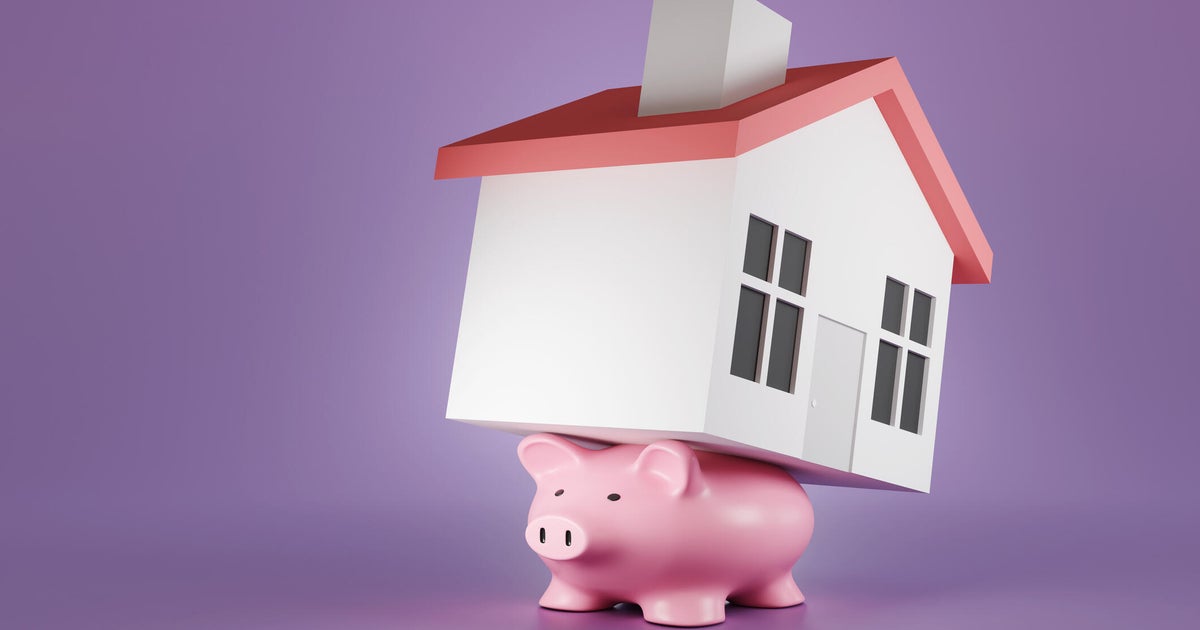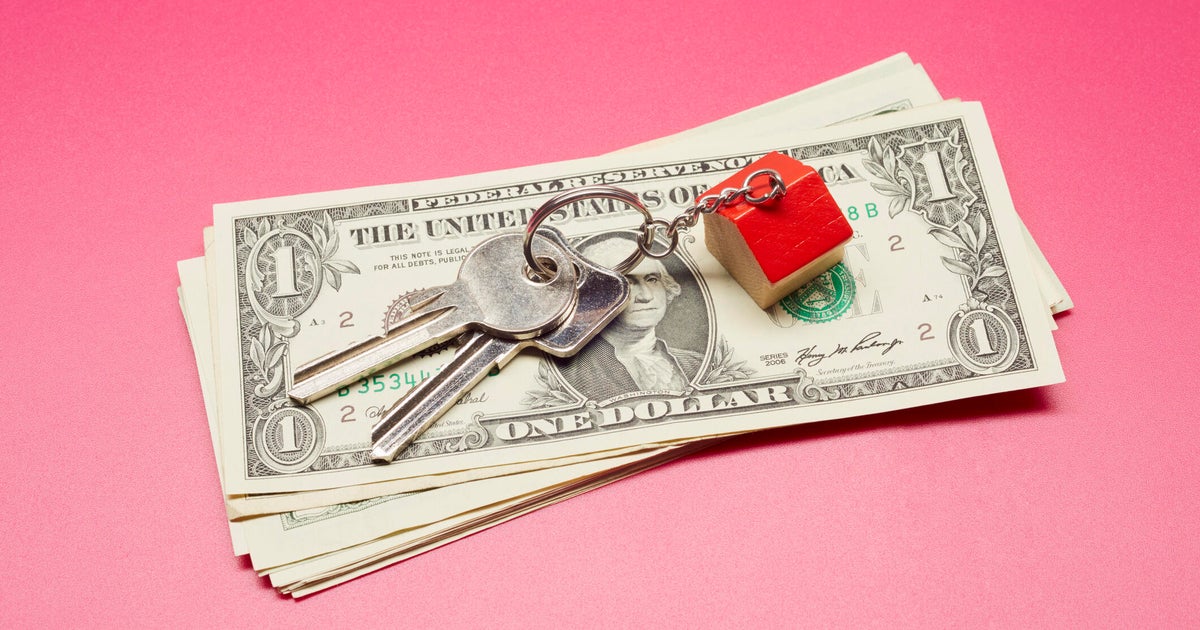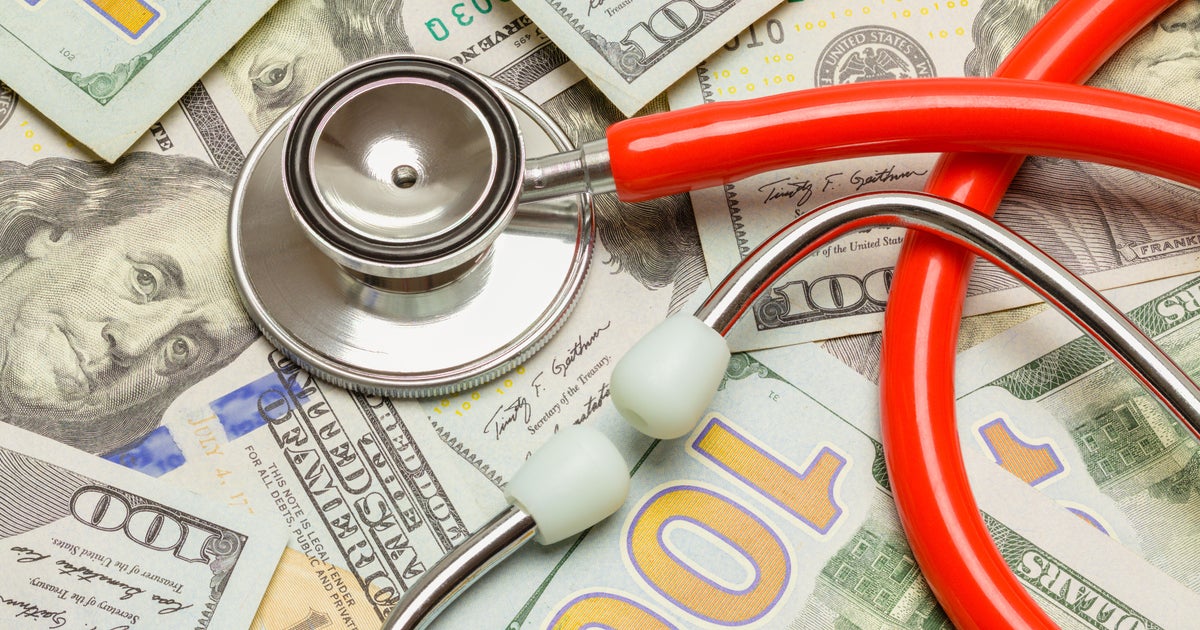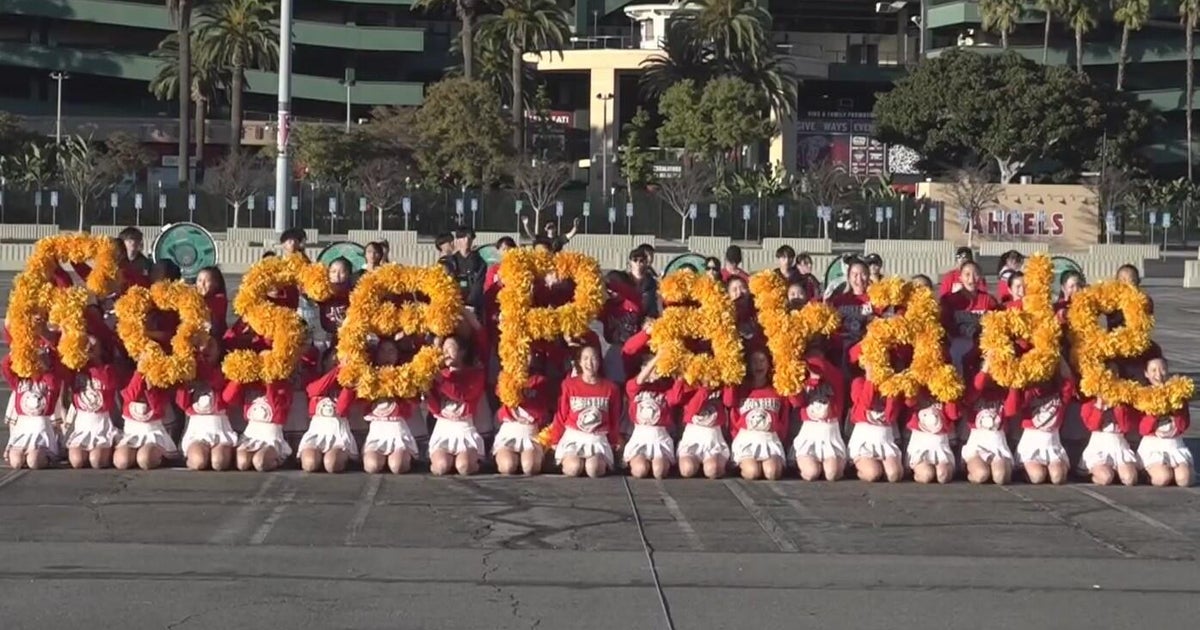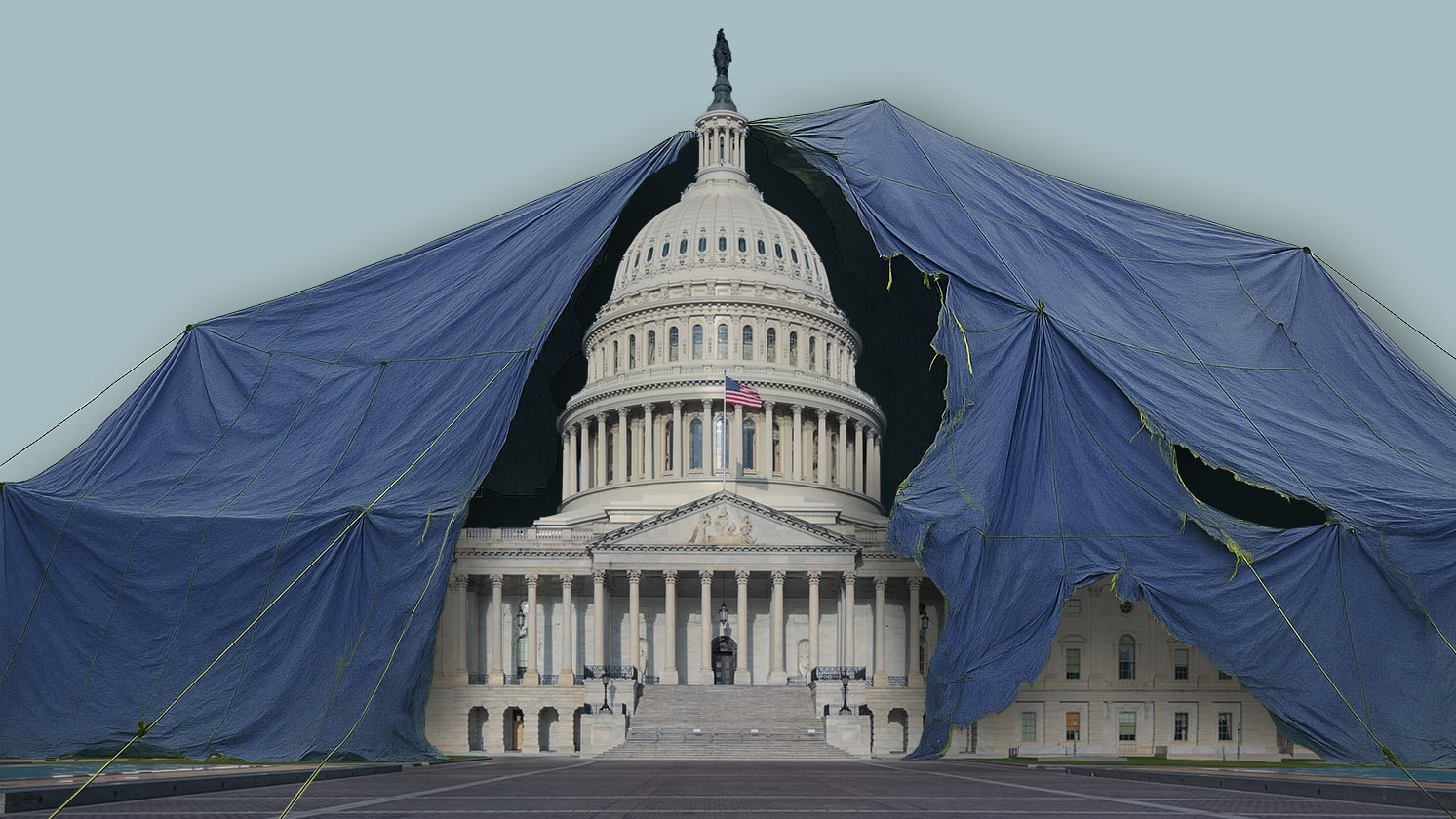Planning to take out a federal student loan this fall? Prepare for a higher interest rate
Students planning to borrow federal student loans for the upcoming school year, take note: Interest rates for new ones will tick up a percentage point come July 1, to more than 3.7% for undergraduates. This change comes as interest rates on existing federal student loans are set at zero percent through the end of September as part of coronavirus relief.
While the new rates are still close to historic lows, rates reset at the start of July every year according to a formula in federal law based on the high yield of the last 10-Year Treasury note auction in May, plus a margin depending on the type of loan. That means federal student loan interest rates will increase for all new loans distributed between July of this year through June 2022 — including those taken out for the fall semester.
"There is no discretion in the setting of those rates. To change the formula, Congress would have to pass legislation, which is unlikely to occur," said student loan expert Mark Kantrowitz.
There might be fewer loans than in past years, given the percentage of 2021 high school seniors completing the Free Application for Federal Student Aid, or FAFSA, to apply for college financial aid has dropped from 2020. Nearly 52% of the class of 2021, down more than 5% from last year, filed an application, according to tracking by the National College Attainment Network. So far, more than 1.9 million applications have been completed — a necessary first step to getting a federally backed student loan — ahead of the June 30 deadline. Louisiana had the highest completion rate at more than 72% of high school seniors, while Alaska had the lowest at 28.5%. The largest drops were in New Mexico and West Virginia.
College enrollment has taken a hit amid the pandemic, especially among those just entering. Undergraduate enrollment in spring 2021 was down 5.9% compared with the same time last year, the nonprofit National Student Clearinghouse found. They found undergraduate enrollment declined across all institution types, but community colleges were the worst hit, down 11.3%. The largest decline was among 18- to 20-year-olds.
Student loans are now the second largest amount of debt for households in the United States, ahead of credit cards and auto loans but behind mortgages. The amount of student debt owed has topped more than $1.7 trillion, according to the Federal Reserve. And while a number of progressive lawmakers are calling on the president to unilaterally cancel up to $50,000 per borrower in student loan debt, the president did not include student loan forgiveness in his proposed $6 trillion federal budget.
What to expect
The federal rates for the upcoming school year include a 1% increase for undergraduate Federal Direct Stafford loans from 2.75% to 3.73%. While that's higher than last year in the midst of the pandemic, the new rate is still below what borrowers were charged from July 2011 into 2012 when the rate was set at 3.4%, according to government data.
For graduate Federal Direct Stafford loans, the increase this summer is just under 1 percentage point, from 4.30% to 5.28%. Interest for Federal Direct PLUS loans will increase to 6.28% from 5.30%. Interest rates will increase for loans for both graduate or professional students enrolled at least half-time at an eligible school or program as well as to the parent of a dependent undergraduate student enrolled at least half-time. Those new rates for both graduate Federal Direct Stafford loans and graduate PLUS loans would still remain lower than rates on loans from at least July 2006 to last summer, according to government data.
Repayment
Borrowers are not required to start repaying federal student loans until after they graduate or leave school. In most cases depending on the loan type, borrowers also have another six months after graduation before the first payment kicks in. For those who demonstrate financial need, the government covers interest while borrowers are in school at least half-time.
Right now, student loans are not accruing interest and all borrowers were automatically placed in forbearance, which means they temporarily do not have to make monthly payments because of a federal pause related to the coronavirus pandemic, put in place last summer and extended earlier this year.
